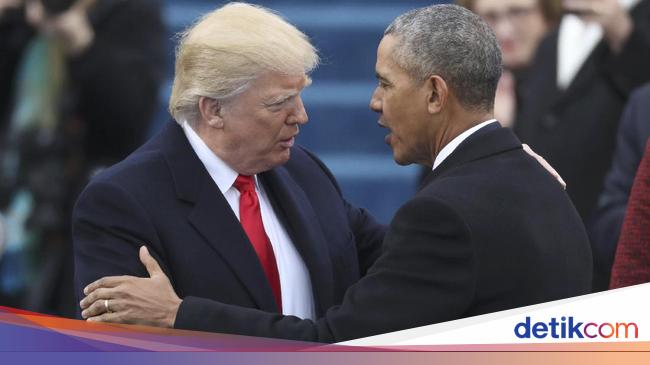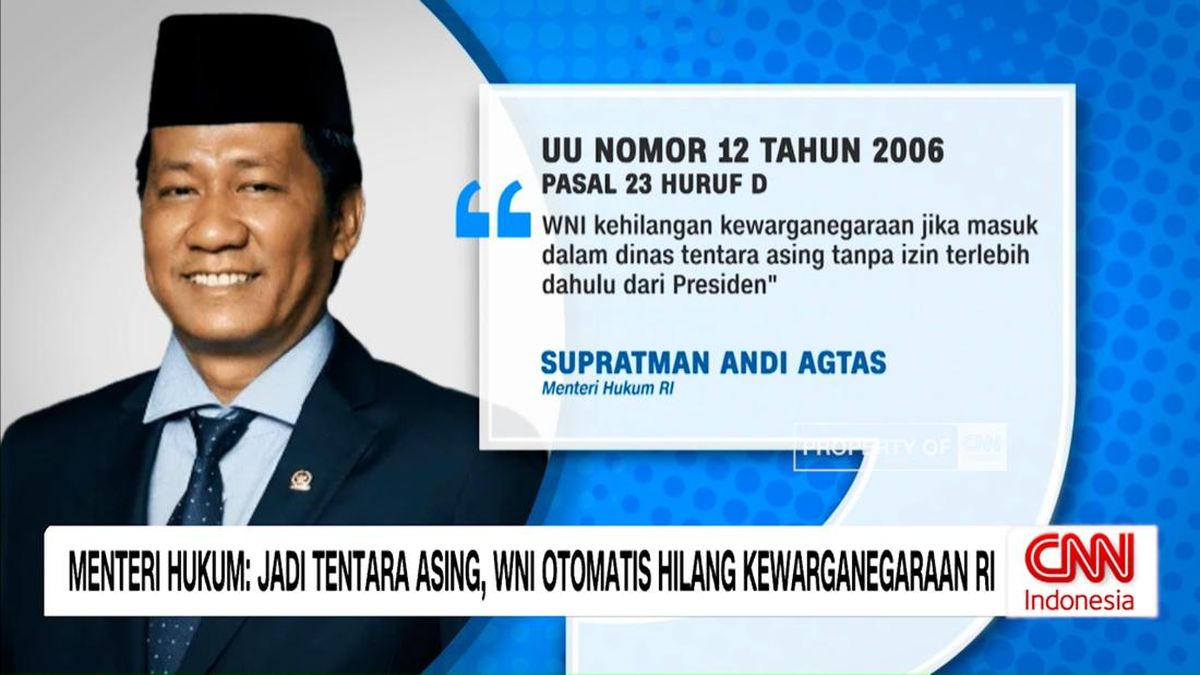If tariffs are paid for by those exporting products to the US, as Donald Trump consistently claims, why did General Motors say that tariffs cost it $US1.1 billion ($1.7 billion) in the June quarter and will cost it even more in the September quarter?
Tariffs effectively wiped a third off GM’s earnings for the quarter, reducing them from $US4.3 billion to $US3.2 billion, as the higher cost of materials and components and the cost of adapting to the new tariff environment hit the iconic company.

Donald Trump’s tariffs are hurting US car giants.Credit: Bloomberg
GM chose to absorb the cost of the tariffs rather than pass them on to its customers which means its shareholders, rather than its customers, are the ones hurt. The company’s share price slumped 8.2 per cent after the release of the quarterly result, wiping about $US4.2 billion ($6.4 billion) from its market capitalisation.
Like most of the big auto manufacturers, GM has built global supply chains and global production bases over decades. Last year it imported nearly half the vehicles it sold in the US.
The tariffs – on auto and auto parts imports as well as raw materials like steel and aluminium – have severely disrupted that model for the US manufacturers.
While Trump keeps claiming that the US is collecting massive amounts of tariff revenue from other countries’ exporters, the GM experience underscores what almost everyone else has always understood.
Loading
US companies are paying the tariffs and facing the dilemma over whether to absorb the costs, to the detriment of their earnings and their shareholders, or pass them on to customers via higher prices.
If, as GM has done so far, they take the hit to their own earnings, it may not impact the US inflation rate, but the loss of earnings and the measures they take to try to mitigate the tariffs’ impacts will affect investment, jobs and share prices. There will be wider economic effects.
GM says it believes it can eventually offset about a third of the $US4 billion to $US5 billion cost of the tariffs this year by cutting costs and shifting some production to the US.
That suggests that the ongoing cost of the tariffs in the near term will be more than $US3.3 billion a year, although GM executives are hopeful that trade deals with South Korea, Mexico and Canada – where most of its imported cars are sourced – may reduce that cost.
As this quarterly earnings season in the US continues, the commentaries from trade-exposed US companies will be pored over for references to the tariffs and how the companies are responding to them.

GM chief Mary Barra. There is more pain coming for the car giant. Credit: Bloomberg
Last week’s June inflation data showed that in sectors directly exposed to tariffs – sectors like fresh fruit and vegetables, household appliances, furniture, toys, clothing and sporting goods – prices are rising. The cost of the tariffs in those sectors is being passed onto customers and is impacting the inflation rate.
There’s been a lot of inventory loading occurring in the US to get in ahead of the tariffs, so their impact on the inflation rate and/or companies’ profits should progressively increase as those pre-tariff stocks run down.
Loading
There are some companies, of course, who benefit from the protection provided by tariffs, which shield them to some degree from competition from imports and where the increased cost of imports provides cover for domestic firms to raise their own prices.
The US steel industry, with aluminium, was one of the earliest beneficiaries of Trump’s tariffs. Trump announced a 25 per cent tariff on steel and aluminium imports in February and then doubled the rate, to 50 per cent, last month.
About 23 per cent of the steel supply in the US is imported, with the rest produced domestically by steelmakers that are regarded as the world’s most expensive producers.
Their response to Trump’s tariffs has, predictably, been opportunistic. They’ve raised their prices, which are up about 16 per cent this year.
That’s history repeating. In 2018, during Trump’s initial trade war with China, he imposed a 25 per cent tariff on steel imports and the US steelmakers responded by lifting their prices by about 10 per cent, which added about $US2.5 billion to their profits.
The 2018 experience shows the companies also improved their capacity utilisation and added investment and jobs – but the impact was relatively short-lived and the costs in jobs and lost earnings to steel-consuming industries were multiples of the benefits created for the steel producers.
Not only is the duty on steel today double what it was in 2018, but it applies more broadly, not just to imported steel, but imports of steel “derivatives,” or products where steel is a major component.
The impact on the tariff on steel – and similar tariffs on aluminium and copper – will percolate through the US manufacturing sector, with a particular impact on an auto industry that is also subject to its own tariffs.
If Trump follows through with his threatened 50 per cent tariff on all imports from Brazil (unless Brazilian authorities drops their prosecution of former president Jair Bolsonaro for an alleged attempted coup), the tariffs’ impact on the cost of steel would be exacerbated. Brazil is a major supplier of raw materials to the sector.
While Trump keeps claiming that the US is collecting massive amounts of tariff revenue from other countries’ exporters, the GM experience underscores what almost everyone else has always understood.
At some point, probably not too far into the distant future, GM and other US manufacturers will be overwhelmed by the cost increases flowing from the barrage of tariffs on auto and auto part imports and on their raw materials and unable to absorb them without passing on a substantial proportion of them to customers. That is when their full effects on the inflation rate will start to show up.
The “Trump effect” on the auto industry isn’t confined to tariffs.
His aversion to electric vehicles and climate-related initiatives and his assault on the Biden’s administration’s subsidies and incentives for carbon emission reductions and green energy includes the withdrawal of subsidies for EV purchases and tax credits for emissions reductions.
That will hit Tesla, which has relied on the sale of the regulatory credits for its profitability – it would be loss-making without them – hardest.
Loading
It might, in the near term, help other US EV manufacturers, even GM – the second-largest US domestic manufacturer of EVs – which have had to buy the credits to offset the emissions from their larger internal combustion vehicle production.
What it and, thanks to tariff and non-tariff barriers, the near-total absence of competition from imported EVs will do, however, is drive up the cost of domestically produced EVs, reduce their sales volumes and undermine the scale efficiencies that might lead to EV profitability.
GM more than doubled its sales of EVs in the June quarter relative to the same quarter last year. In the near term reduced EV sales and losses might help blunt the effect of Trump’s tariffs. In the longer term his policies will leave the GM and the US even further behind the global shift towards EVs and the electrification of energy and transport.
Supposedly, the tariffs and the unwinding of Biden’s green energy initiatives are going to help make America great again...
The Business Briefing newsletter delivers major stories, exclusive coverage and expert opinion. Sign up to get it every weekday morning.
.
Most Viewed in Business
Loading















































